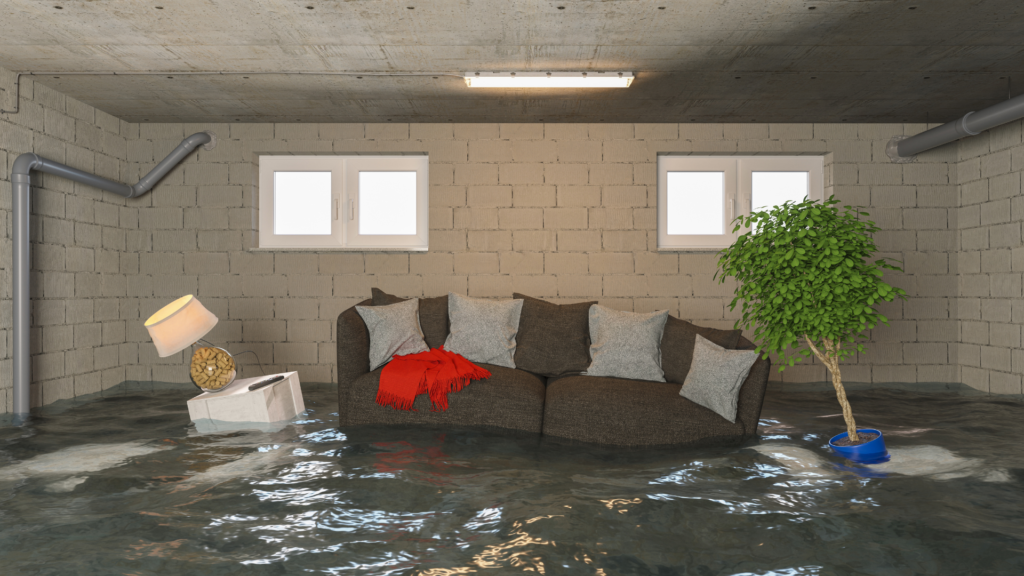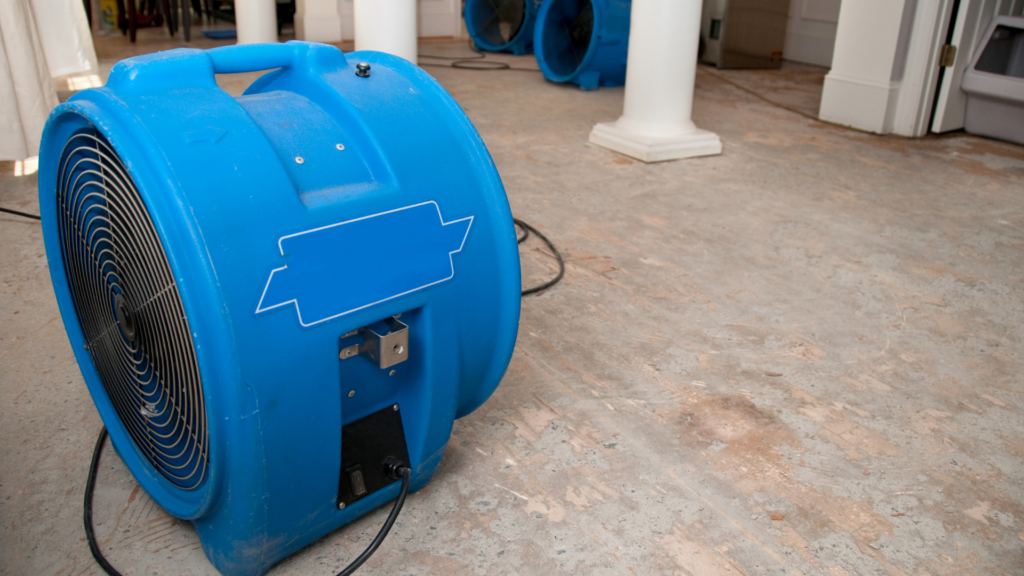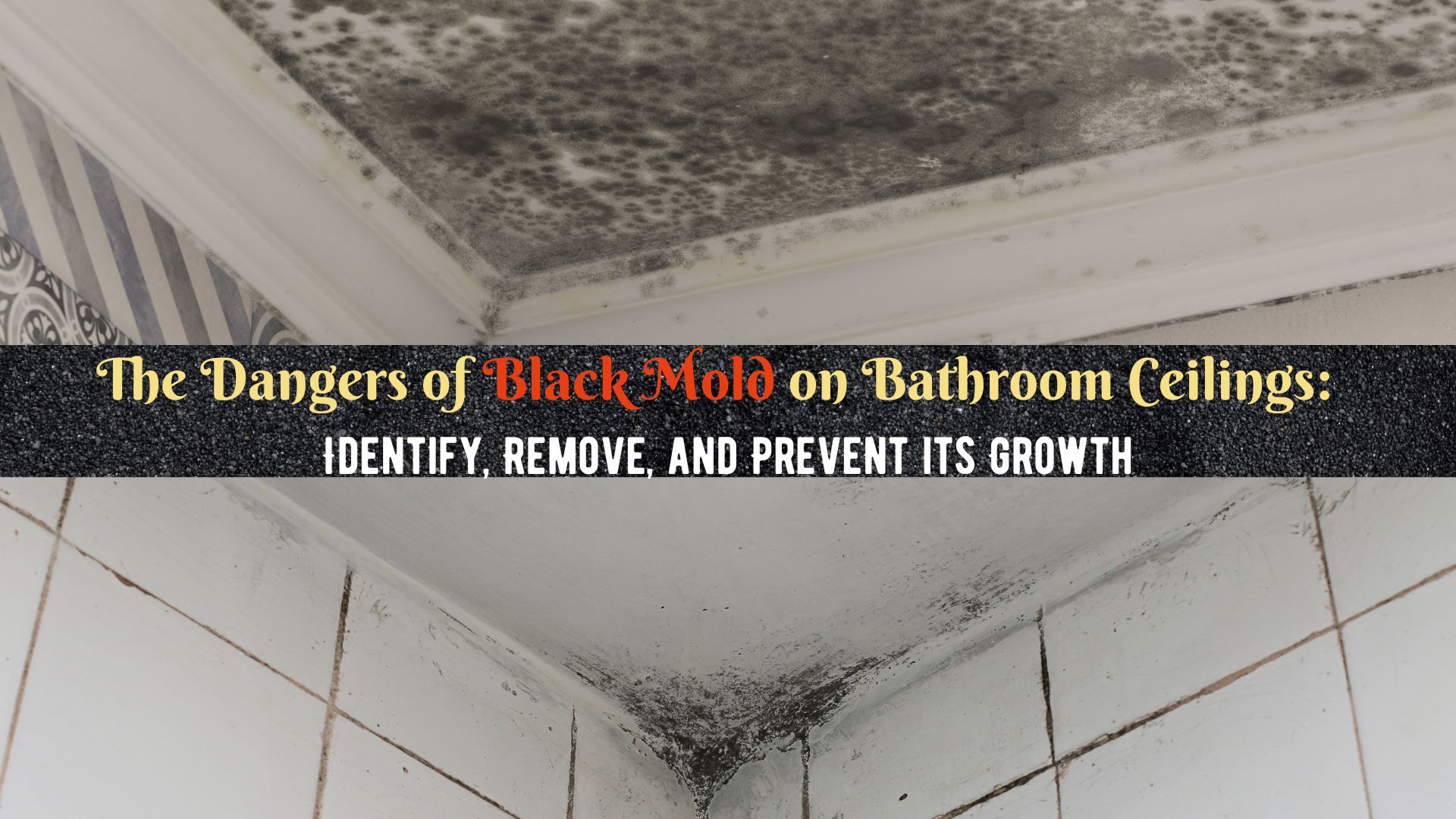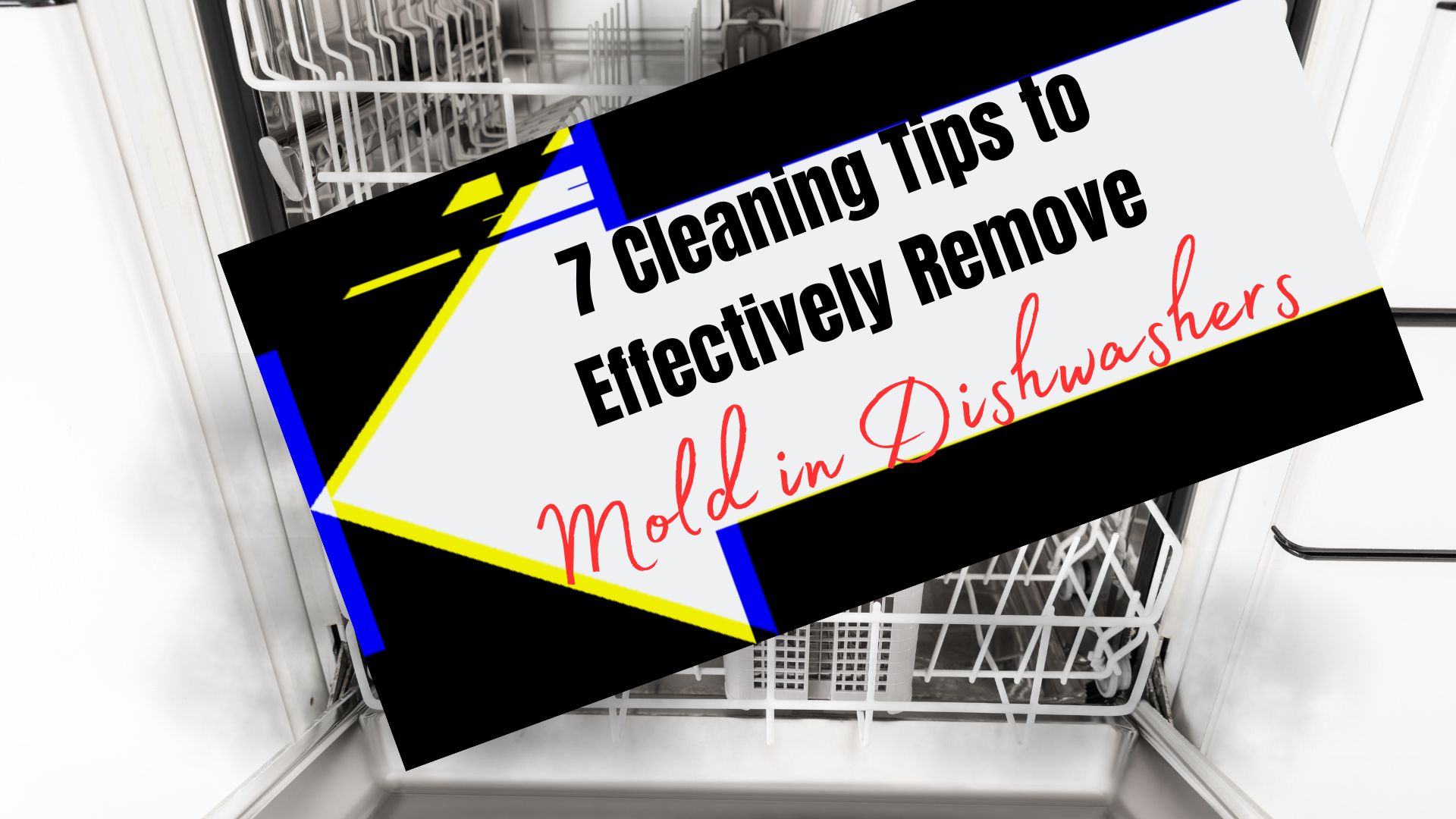Water Damage Causing Property Damage
One of the most common and most destructive sources of property damage is water damage. It is the major contributor to property loss in the U.S. It can lead to thousands of dollars worth of damage to property and belongings as well as the risk of developing mold growth. When water damage is left unattended, it can cause irreversible damage to the structure of your property. Therefore, it is important to take immediate action on the first signs of water damage.
Water damage in homes or businesses can originate from several sources. The most common sources of water damage are weather conditions like heavy rains or flooding. Some sources of water damage are appliance leaks, burst pipes, and overflows. Yet, not all types of water damage incidents are the same. Water from burst pipes may be easy to handle while flood water may require a thorough and complex process. Also, the amount and the size of the water are important to determine how the damage should be mitigated.
Here we will give you a guide to the different water damage categories and classes as well as the restoration process.
What are the Water Damage Categories and Classes?
Water, under the IICR standard, has been divided into three categories. These water damage categories are based on the level of contamination at the source of water. Contaminated water may contain waste materials, bacteria, harmful toxins, and other pathogens. These pathogens can pose serious health risks to humans. By knowing the category of water damage, you can keep yourself and your family safe against contaminants. The following are the main categories of water damage;
Category 1 Water Damage
It is classified as clean water and does not pose a substantial threat to humans. Common sources of this type of damage are burst water supply lines, overflowing sinks, and appliance leaks.
Category 2 Water Damage
It is also known as gray water. This water contains a significant degree of contaminants. This type of water damage can cause illnesses or discomfort if ingested. Some sources of category 2 water damage are toilet overflow, sump pump failures, and foundation or roof leaks.
Category 3 Water Damage
Known as black water and contains a lot of bacteria and other pathogens. This can cause serious illnesses if exposed, thus it is best to avoid coming in contact with Category 3 water. Category 3 water includes sewage water and floodwater from the outside.
Furthermore, water damage has four classes. The class of water damage is determined by the possible evaporation rate of the wet materials in your home. Understanding the class of water damage is also important to determine the type of equipment necessary to dry down the structure.
Class 1 – Slow Rate of Evaporation
This class of water damage affects only part of a room or an area with low-porosity materials such as particle boards, vinyl tiles, plywood, concrete, and structural wood.
Class 2 – Fast Rate of Evaporation
The Class 2 water damage affects the whole room and can damage absorbent materials such as carpeting and cushions. The water has wicked up the walls for up to 24”. Also, moisture remains in structural materials like plywood, particleboard, etc.
Class 3 – Fastest Rate of Evaporation
The whole part of the room is completely damp. The source of the water usually comes from overheard such as broken pipes and has affected the ceiling, walls, flooring, subflooring, and furniture.
Class 4 – Specialty Drying Situations
Class 4 water damage consists of materials with very low porosity. Examples of materials include hardwood floors, concrete, brick, stone, plaster, and others. This requires specialized drying to accomplish the drying itself.
Water Damage Restoration
Water damage restoration often begins by assessing and evaluating the damaged materials. Using water-sensing equipment like infrared tools, professionals will inspect the affected area. It is to determine the category of water involved and the severity of the damage.
Usually, the first step professionals take after the inspection is the mitigation process. This includes fixing the source of the water, removing of non-salvageable items, water extraction, and cleaning of affected materials.
Then, they will execute the actual restoration process. This includes drying out and stabilizing structural materials, cleaning and sanitizing contaminated areas, and deodorizing the entire surface. When done, drying equipment such as dehumidifiers, air movers, and others are set to thoroughly dry out the entire area.
Professional Water Damage Restoration
When faced with water damage in your home or business, it is best to leave the job to professionals. Determining how far the water has spread in your property and if the water contains contaminants is quite difficult. And, if not addressed properly can lead to further damage.
Our professionals at Superior Restoration are trained and licensed in executing a thorough and complete restoration process. They are well aware of the different categories and classes of water damage. Thus, they know what steps are needed in the restoration process. They will immediately assess and evaluate the damage, and perform emergency mitigation services to prevent further damage. After the complete removal of water, we will ensure that all materials and objects are thoroughly dry.
If your home suffers from water damage, contact the water damage experts at Superior Restoration immediately. We are available 24/7 and ready to help.






